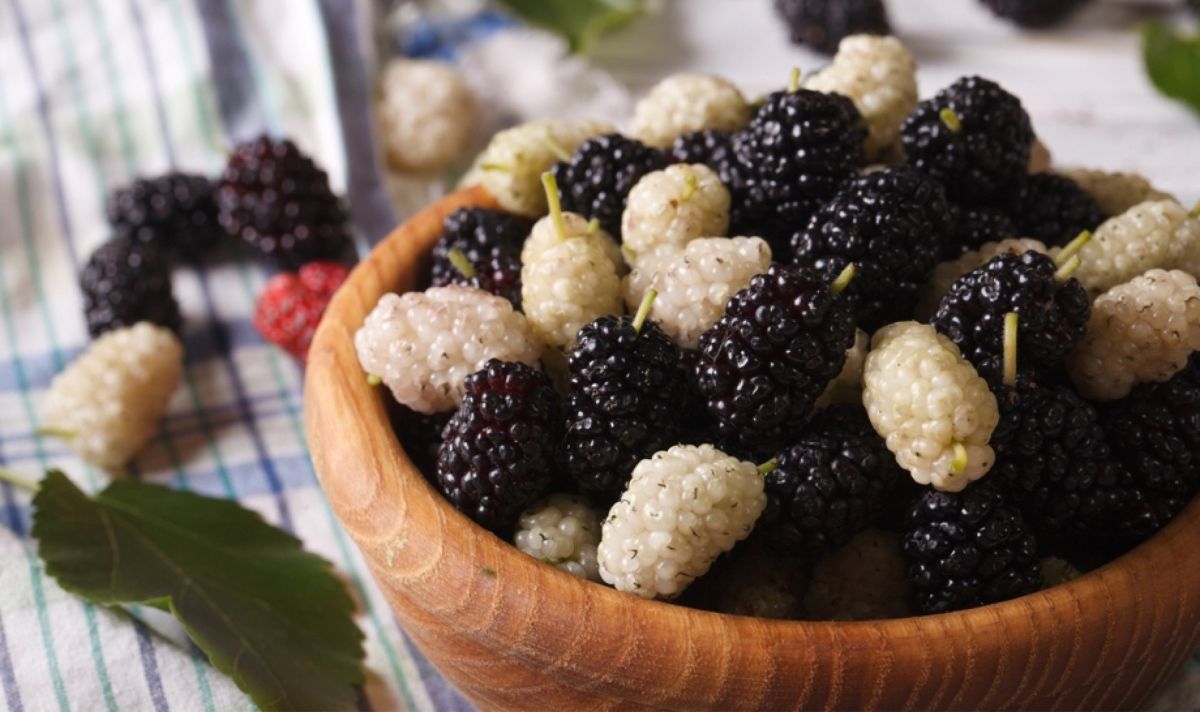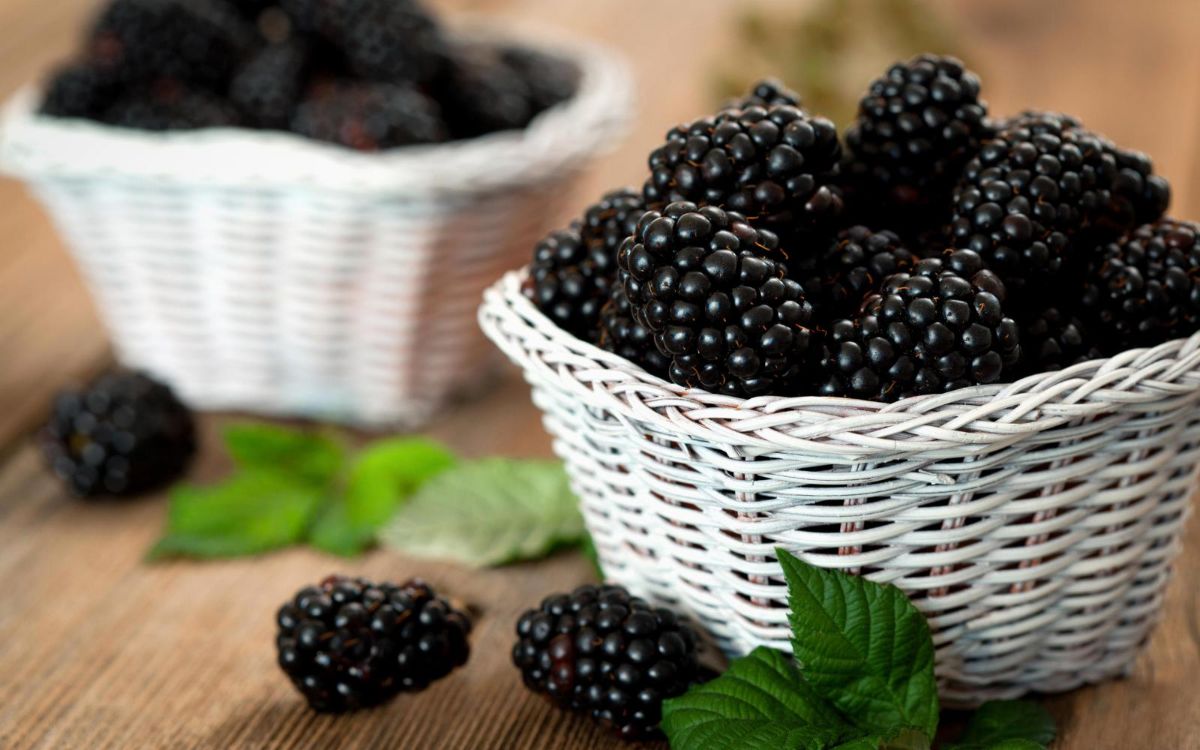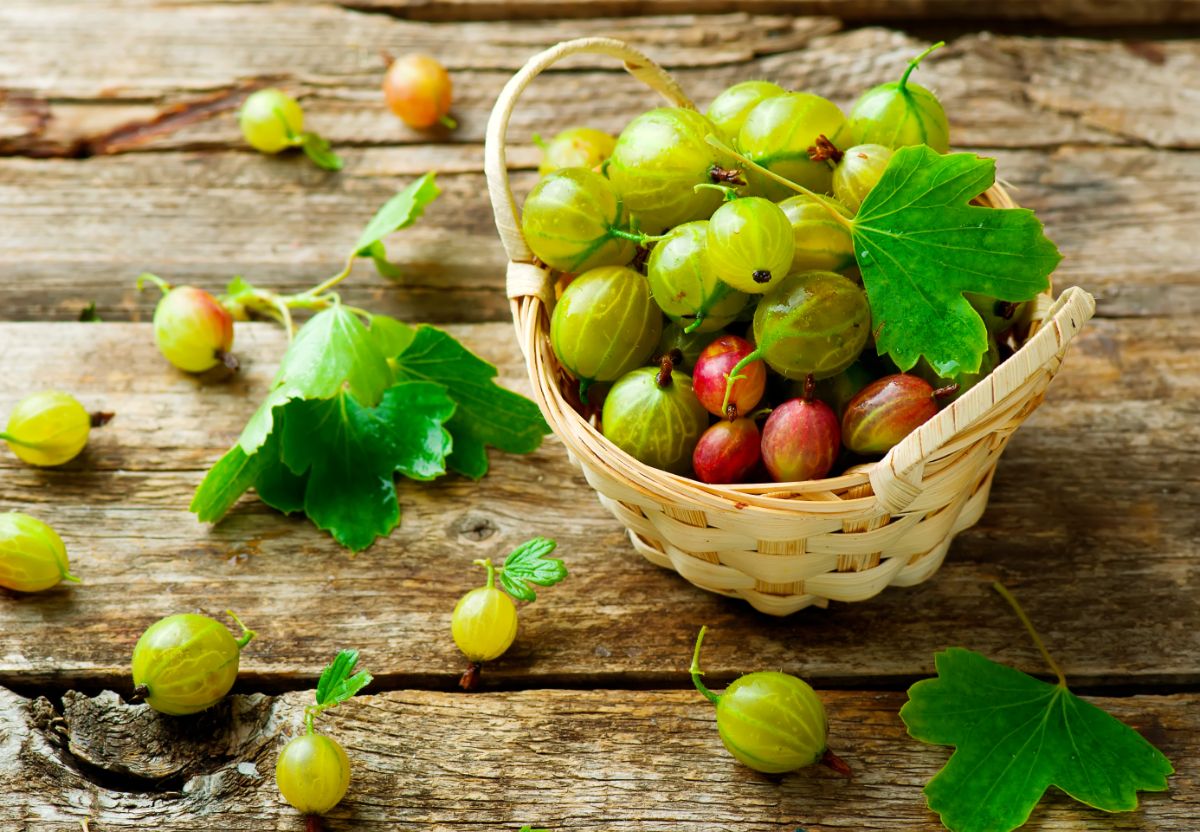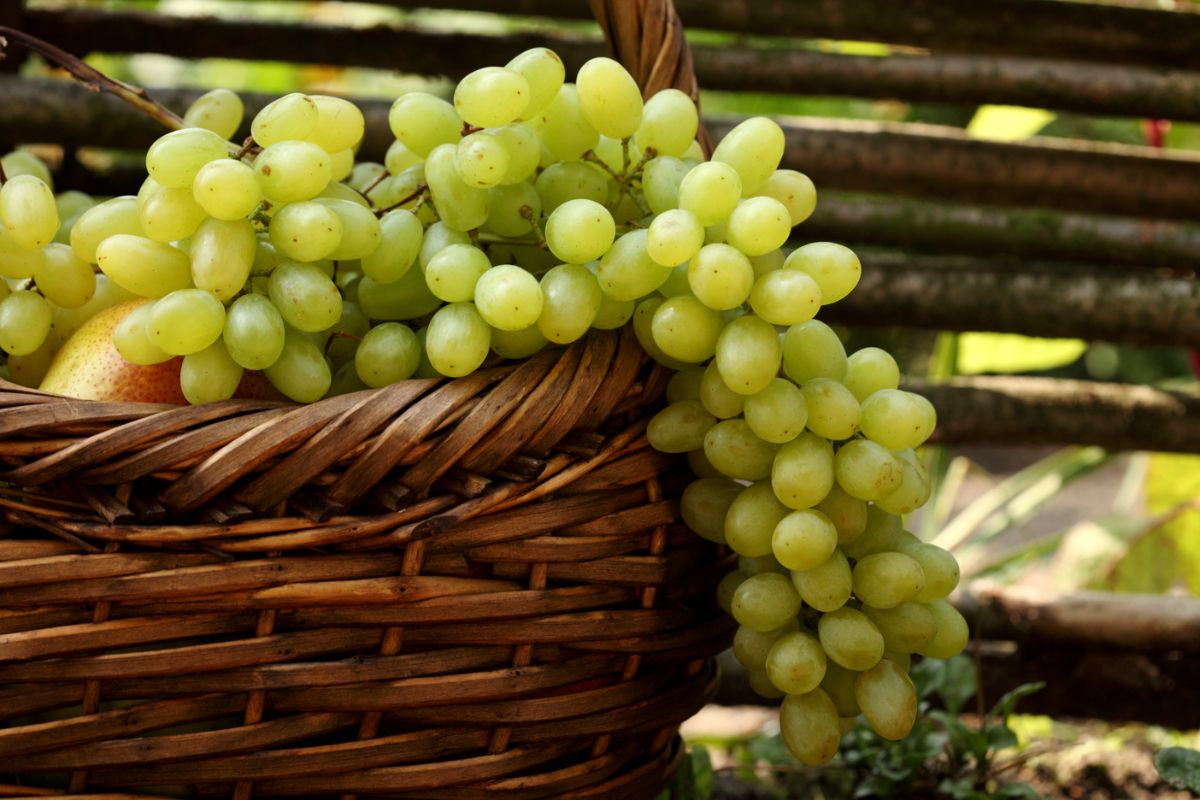8 facts about the health benefits of sea buckthorn based on science
Sea buckthorn is a shrub with orange–yellow berries, which is widely popular in folk and evidence-based medicine. All parts of the plant are used: berries, leaves, bark and even roots, but sea buckthorn oil is especially appreciated, which can be bought in pharmacies or prepared independently.
Sea buckthorn berries are rich in vitamins, minerals and antioxidants, which determine their beneficial properties. They improve the condition of the skin and hair, strengthen the musculoskeletal, cardiovascular and endocrine systems, as well as improve immunity and digestion.
It is recommended to use sea buckthorn during pregnancy in order to prevent complications and ensure optimal conditions for fetal growth and development.
8 useful properties
Below are 8 facts about the benefits of sea buckthorn, which have a scientific basis.
1. Source of valuable substances
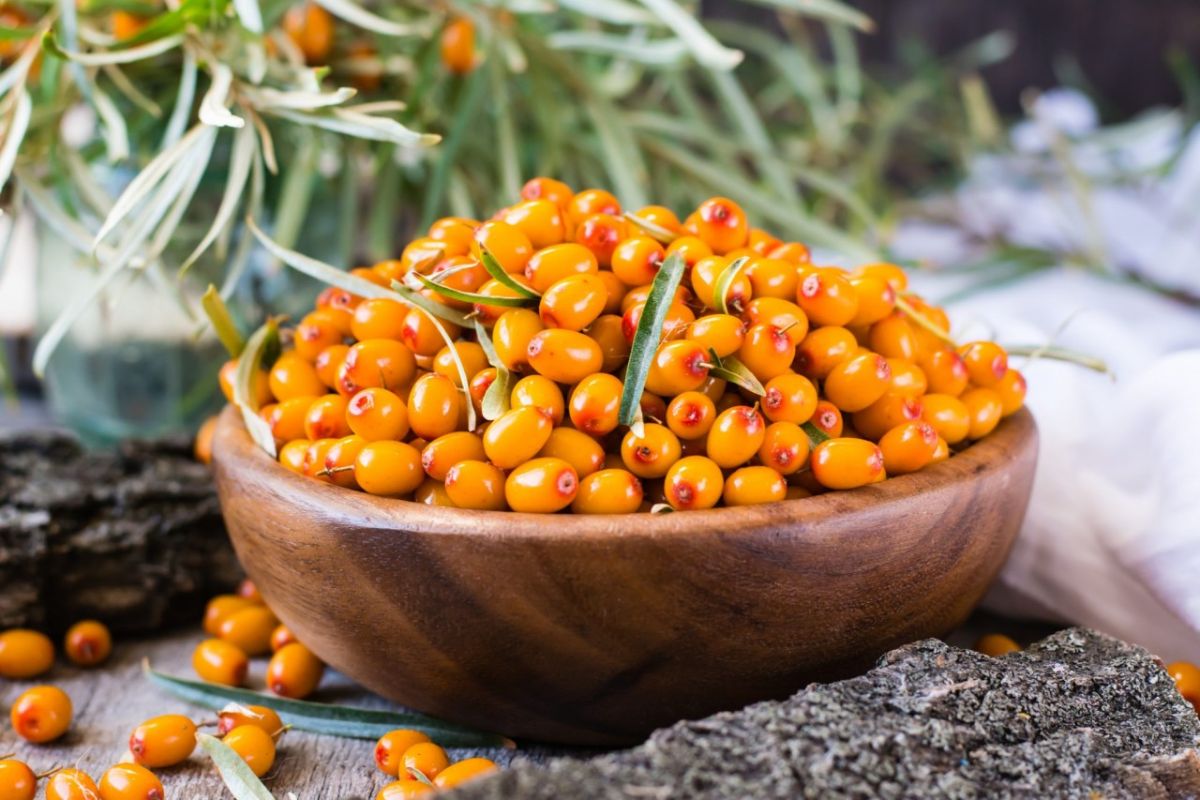
Sea buckthorn berries have an average caloric content (up to 82 calories per 100 grams) and contain the following biologically active substances (per 100 grams of berries):
| Name of the component | Approximate percentage of daily requirement |
| Vitamin C | 222 % |
| Vitamin E | 33 % |
| Vitamin A | 14 % |
| Vitamin B6 | 6 % |
| potassium | 8 % |
| magnesium | 8 % |
| iron | 8 % |
| calcium | 2 % |
| phosphorus | 1 % |
The most valuable sea buckthorn–based product is oil. It contains there are many compounds (quercetin, flavonoids) that have a positive effect on the whole body: from lowering blood pressure to fighting malignant neoplasms and slowing down aging.
2. Benefits for joints
 Sea buckthorn can be used to alleviate the course of arthritis and arthrosis of any etiology.
Sea buckthorn can be used to alleviate the course of arthritis and arthrosis of any etiology.
Proven that sea buckthorn berries have a pronounced anti-inflammatory effect and stimulate the regeneration of damaged articular surfaces.
The biological effect is associated with the presence in berries of a large amount of unsaturated fatty acids, phytosterols, as well as vitamins of group A and E.
3. Improving the health of the cardiovascular system
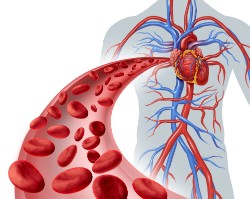 Sea buckthorn contains a number of antioxidants that eliminate risk factors for fatal cardiovascular complications – reduce cholesterol levels
in blood and blood pressure.
Sea buckthorn contains a number of antioxidants that eliminate risk factors for fatal cardiovascular complications – reduce cholesterol levels
in blood and blood pressure.
According to scientists from Finland, sea buckthorn also normalizes the rheological state (viscosity) of blood, preventing the formation of blood clots and, accordingly, the likelihood of thrombotic and thromboembolic complications.
According to the data Indian experts, sea buckthorn reduces the concentration of total cholesterol and its atherogenic fractions (LDL), which contributes to the prevention of atherosclerosis and related abnormalities (coronary heart disease, myocardial infarction, stroke).
4. Prevention of type II diabetes mellitus
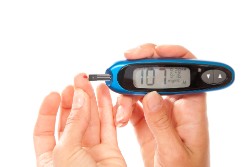 Animal experiments demonstrate
that sea buckthorn is able to increase the sensitivity of insulin receptors in muscle and adipose tissue to insulin, which leads to more efficient glucose utilization.
Animal experiments demonstrate
that sea buckthorn is able to increase the sensitivity of insulin receptors in muscle and adipose tissue to insulin, which leads to more efficient glucose utilization.
It is insulin resistance that is the main pathogenetic mechanism for the development of type II diabetes mellitus.
The berry also affects the secretory cells of the pancreas, stimulating the production of insulin.
Proven also the effect of sea buckthorn on the rate of absorption of carbohydrates. She warns of sharp "spikes" in sugar levels after eating.
5. Improving the condition of the skin and hair
 Sea buckthorn is a valuable source of antioxidants and vitamins useful for skin and hair. Here are their main mechanisms of influence:
Sea buckthorn is a valuable source of antioxidants and vitamins useful for skin and hair. Here are their main mechanisms of influence:
- Improvement skin conditions: moisturizing, increasing the smoothness and elasticity of the skin and preventing the formation of wrinkles on the face.
- Acceleration wound healing (by stimulating the growth of connective tissue). An increase in the rate of regeneration of "chronic" ulcers caused by diabetes mellitus was also noted.
- Protection skin protection from harmful solar ultraviolet radiation.
- Reducing the risk of developing infectious and inflammatory diseases of the skin and subcutaneous fat.
- Elimination of greasy shine of hair, reduction of brittleness.
6. Strengthening the immune system
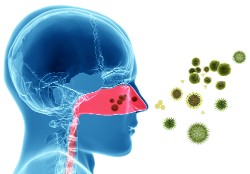 Experts note that sea buckthorn, due to the content of a huge amount of vitamin C and flavonoids, Stimulates the immune system
.
Experts note that sea buckthorn, due to the content of a huge amount of vitamin C and flavonoids, Stimulates the immune system
.
There is an acceleration of proliferation and differentiation of T- and B-link cells, improvement in the work of macrophages (recognition and capture of foreign particles).
Berry also possesses pronounced antibacterial and antiviral activity. Proven effectiveness in relation to E. coli , as well as viruses (HIV, herpes, flu).
7. Improving liver health
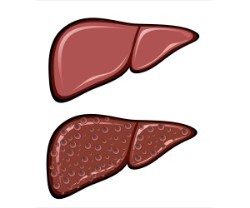 Sea buckthorn contains a number of healthy fats, carotenoids, vitamin E, which protect liver cells
(hepatocytes) from the effects of various damaging factors.
Sea buckthorn contains a number of healthy fats, carotenoids, vitamin E, which protect liver cells
(hepatocytes) from the effects of various damaging factors.
Taiwanese specialists proved that the extract of the plant reduces the concentration in the blood of markers of liver damage in destructive diseases (ALT and AST).
8. Fighting cancer
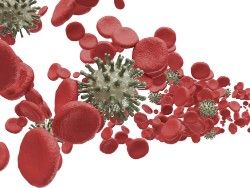 Sea buckthorn is rich in antioxidants (quercetin, flavonoids), which capable of destroying
cancer cells of the body.
Sea buckthorn is rich in antioxidants (quercetin, flavonoids), which capable of destroying
cancer cells of the body.
The works of scientists from China can be cited as an example of effectiveness. They identified that sea buckthorn not only inhibits the growth of cancer cells, but also causes their death.
The action is related to activation of the immune system and inhibition of the enzymatic apparatus of tumor cells.
Harm and contraindications
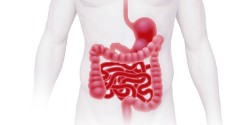 With excessive use (less often – if the norm is observed), sea buckthorn can provoke the development of a number of complications and harm a person. The main contraindications include:
With excessive use (less often – if the norm is observed), sea buckthorn can provoke the development of a number of complications and harm a person. The main contraindications include:
- Allergic reactions. Local forms of allergies are more common: urticaria, contact inflammation of the mucous membranes.
- Exacerbation of chronic diseases of the gastrointestinal tract. Sea buckthorn is rich in extraactive substances that cause irritation of the mucous membranes and exacerbation of gastritis, duodenitis, peptic ulcer of the stomach and duodenum.
- Stool disorders by type of diarrhea.
It is important to note that sea buckthorn is one of the most useful foods for women during pregnancy. Berries contain all the necessary substances for the growth and development of the fetus, reduce the risk of infectious diseases from both the mother and the unborn child.
Rules of use
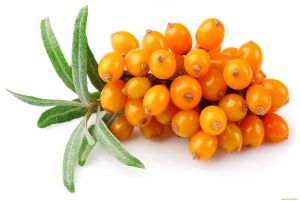 A number of the most common questions regarding the use of sea buckthorn are discussed below:
A number of the most common questions regarding the use of sea buckthorn are discussed below:
- Method of administration. It is recommended to use sea buckthorn together with other food products, and not in its pure form. You should also avoid eating berries in the morning on an empty stomach (due to the pronounced irritating effect on the mucous membranes).
- Daily dosage. The recommended daily allowance is up to 250 grams. Neglecting this dosage is fraught with the development of side effects.
- Use in cooking. Sea buckthorn is widely used for making juices, fruit drinks, jellies and compotes, as well as pies, syrups, jellies and other desserts. Teas, decoctions and tinctures are made from berries, leaves and branches of sea buckthorn. It goes well with other berries and honey.
- Application of sea buckthorn oil. Sea buckthorn oil has a similar set of medicinal properties as berries. However, all the effects are much more pronounced.
- Application of wood and bark. Sea buckthorn bark and wood contain a number of substances with anti-inflammatory, antihypertensive and wound healing activity. They are usually used to reduce blood pressure, accelerate wound healing on the skin and mucous membranes.
Winter preparations
 There are many ways to save sea buckthorn for the winter. Among the main ones are:
There are many ways to save sea buckthorn for the winter. Among the main ones are:
- Freezing. Frozen sea buckthorn preserves almost all vitamins, antioxidants and minerals. This method is the most useful (in terms of biological potential).
- Drying. Dried berries retain no more than 25% of the initial level of biologically active substances, and the volume increases several times fiber and energy value. It is necessary to abandon this option for people with diseases of the glycemic background and overweight.
- Tincture. Sea buckthorn tinctures are commonly used to lower cholesterol levels in the blood and strengthen the immune system. But they are contraindicated in hypertension.
- Options with excess sugar. Jam and other similar dishes have enormous levels of carbohydrates. Such food can be dangerous for people suffering from obesity and type II diabetes mellitus.
Conclusion
- Sea buckthorn is a unique source of biologically active substances (especially vitamin C and antioxidants) that have a comprehensive effect on the body.
- Berries are able to reduce blood sugar and cholesterol levels, prevent the development of a number of diseases from the cardiovascular system.
- They also reduce the likelihood of cancer and improve the condition of the skin and hair.
